
Bambi, a Life in the Woods is a 1923 Austrian coming-of-age novel written by Felix Salten, and originally published in Berlin by Ullstein Verlag. The novel traces the life of Bambi, a male roe deer, from his birth through childhood, the loss of his mother, the finding of a mate, the lessons he learns from his father, and the experience he gains about the dangers posed by human hunters in the forest. It is also, in its most complete translation, seen as a parable of the dangers and persecution faced by Jews in Europe.

Felix Salten was an Austro-Hungarian author and literary critic in Vienna.

The Shaggy Dog is a 1959 American fantasy comedy film produced by Walt Disney Productions and loosely based on the 1923 novel The Hound of Florence by Felix Salten. Directed by Charles Barton from a screenplay by Lillie Hayward and Bill Walsh, the film stars Fred MacMurray, Tommy Kirk, Jean Hagen, Kevin Corcoran, Tim Considine, Roberta Shore, and Annette Funicello. The film follows a teenage boy named Wilby Daniels who, by the power of an enchanted ring of the Borgias, is transformed into a shaggy Old English Sheepdog.

Josephine Mutzenbacher or The Story of a Viennese Whore, as Told by Herself is an erotic novel first published anonymously in Vienna, Austria, in 1906. The novel is famous in the German-speaking world, having been in print in both German and English for over 100 years and sold over 3 million copies, becoming an erotic bestseller.
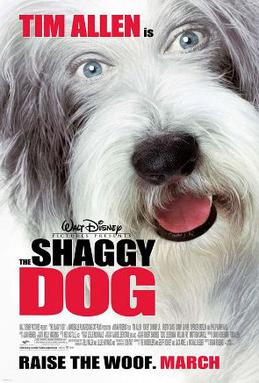
The Shaggy Dog is a 2006 American science fantasy family comedy film directed by Brian Robbins and written by The Wibberleys, Geoff Rodkey, Jack Amiel, and Michael Begler. It is the fifth overall installment of the titular franchise, and is a reboot of the 1959 film of the same name and its 1976 sequel The Shaggy D.A., both of which were loosely based on the 1923 novel The Hound of Florence by Felix Salten. The original film had a character named Wilby Daniels transforming into an Old English Sheepdog after putting on a magic ring, whereas the remake presents a character named Dave Douglas transforming into a Bearded Collie after getting bitten by a sacred dog. It stars Tim Allen, Robert Downey Jr., Kristin Davis, Danny Glover, Spencer Breslin, Jane Curtin, Zena Grey and Philip Baker Hall.

The Shaggy D.A. is a 1976 American comedy film and a sequel to The Shaggy Dog (1959) produced by Walt Disney Productions. It was directed by Robert Stevenson and written by Don Tait. As with the first film in the series, it takes some inspiration from the Felix Salten novel, The Hound of Florence.
An alternate ending is an ending of a story that was considered, or even written or produced, but ultimately discarded in favour of another resolution. Generally, alternative endings are considered to have no bearing on the canonical narrative.
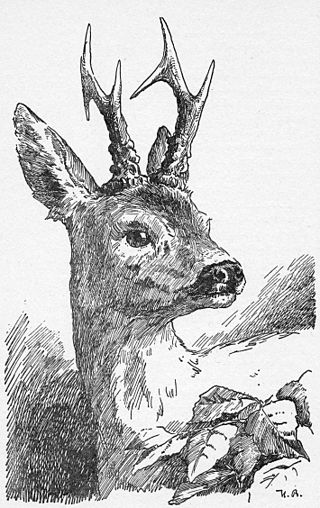
Bambi is the title character in Felix Salten's 1923 novel, Bambi, a Life in the Woods, and its sequel, Bambi's Children. The character also appears in Salten's novels Perri and Fifteen Rabbits.
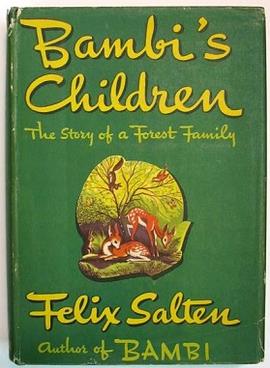
Bambi's Children: The Story of a Forest Family is a 1939 coming-of-age novel written by Austrian author Felix Salten as a sequel to his 1923 work Bambi, a Life in the Woods.

Perri: The Youth of a Squirrel is a 1938 novel by Felix Salten, author of the 1923 novel Bambi, a Life in the Woods, and is a followup to that book. Its title character is a Eurasian red squirrel. Bambi makes a brief appearance in Perri.
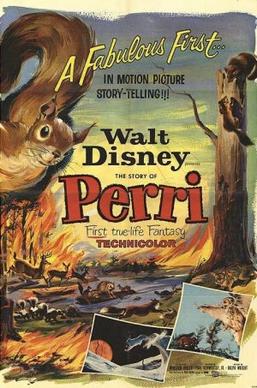
Perri is a 1957 American adventure film from Walt Disney Productions, based on Felix Salten's 1938 Perri: The Youth of a Squirrel. It was the company's fifth feature entry in their True-Life Adventures series, and the only one to be labeled a True-Life Fantasy. In doing so, the Disney team combined the documentary aspects of earlier efforts with fictional scenarios and characters.
Kurt Wiese was a German-born book illustrator, who wrote and illustrated 20 children's books and illustrated another 300 for other authors.
The Hundings are a legendary tribe or clan in early Germanic sources, mostly mentioned due to their feud with the Wulfings.

The German Shepherd Dog in Word and Picture is a book first published in 1923. The book is a revised translation from German into English of Der deutsche Schäferhund in Wort und Bild which was written by Max von Stephanitz and first published in 1901 as a 72-page booklet. Der deutsche Schäferhund in Wort und Bild was subsequently expanded with later editions, and a complete makeover was published in 1921 with the sixth edition. A seventh edition of the German book was published in the same year as the first editions in English, 1923.

Neue Menschen auf alter Erde: Eine Palästinafahrt is a 1925 travel book by Felix Salten, depicting his 1924 visit to Mandatory Palestine. Like his 1931 travel volume Fünf Minuten Amerika, also Neue Menschen auf alter Erde was first published as a series of feuilletons in a Vienna newspaper. Salten himself considered these two books to be his foremost.

Renni the Rescuer: A Dog of the Battlefield is a 1940 war novel by Felix Salten, describing the career of a military working dog called Renni, a German Shepherd dog, and his master, Georg.

Djibi, the Kitten is the last novel of Felix Salten, published originally in 1945 and translated into English in 1946. Similarly as in other Salten's late books, the protagonist is an animal, this time a young female cat called Djibi.

The Shaggy Dog franchise consists of American science fiction-fantasy-comedy films, with three theatrical releases, and two made-for-television films. The overall story is based on the 1923 novel titled The Hound of Florence by Felix Salten. The overarching story of each installment, follows Wilbur "Wilby" Daniels who is cursed and transforms into a large Old English Sheepdog after attaining an ancient Borgian ring and reciting its inscription.
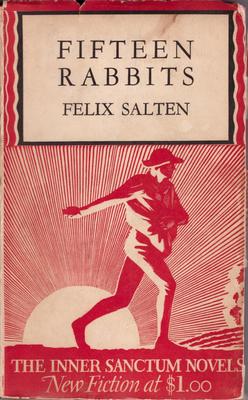
Fifteen Rabbits is a 1929 survival and adventure novel by the Austrian writer Felix Salten. The novel depicts a year in the life of a colony of rabbits in the same forest where Bambi dwells.

Florian: The Emperor's Stallion, also published as Florian: An Emperor's Horse and Florian the Lipizzaner, is a 1933 novel by the Austrian writer Felix Salten, made in 1940 to the film Florian. The novel tells the story of a Lipizzan horse during and after the decline of the Hapsburg monarchy in Vienna, circa 1901–1930.


















